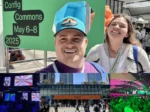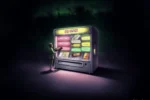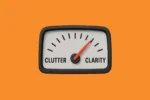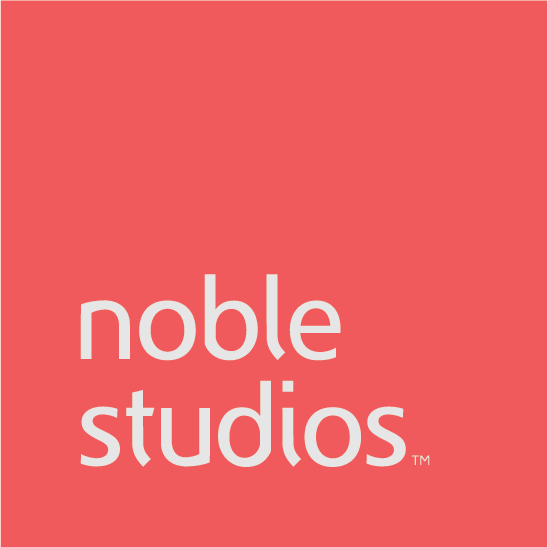Leave it to TikTokers to turn national parks into the internet’s latest heartthrobs. Fan accounts for places like Yosemite and Yellowstone are going viral, not with sweeping drone shots or educational facts, but full-on thirst traps. Sultry soundtracks. Smoldering looks. And people can’t get enough.
Funny? Yep. Absurd? Totally. But here’s the real takeaway: This is a masterclass in cultural relevance and what drives actual engagement.
Want to see the thirst traps for yourself? They’re all over TikTok. Just a heads up: they’re playful, a little spicy and unmistakably creator-made.
This kind of content works because it’s not coming from a brand. It’s personal, unfiltered and exactly what makes the internet… the internet.This is how content marketing can get people thinking.
When Brands Try This, It Usually Feels Cringy. So Why Did This Go Viral?
We’ve all seen brands try to “get in on the fun” and end up painfully off-key. It’s the corporate version of trying to sit at the cool kids’ table and getting laughed out of the room. But here’s what’s interesting: a lot of people didn’t even realize these park thirst traps weren’t from the official National Parks accounts.
That’s how naturally these creators slid into the conversation. The tone felt right. The content felt native. And even though this wasn’t a planned activation by the National Parks themselves, no one questioned the credibility because it didn’t feel like a marketing stunt—it felt like the internet was just doing what it does best.
People Aren’t on Social for You. They’re There for Themselves.
This is where most brands miss the mark. No one logs onto TikTok thinking, “Hope I see an ad today!” They’re looking for entertainment, escape, connection, or just something fun to kill a few minutes. These park thirst traps get that. They’re not pushing conservation stats or tourism facts. They’re meeting people where they are, with humor, absurdity, and a bit of escapism.
And it’s working:
“I’ve legitimately decided to take up camping because of this unhinged park war. Besides the fact it’s entertaining, they include beautiful photos and interesting facts! All around 5 stars.”
That’s behavior change. No funnel required
Be Bold, But Don’t Be Reckless.
If your creative brief starts with “What do we want to say?” you’re already off track. Start with “What emotional itch are people trying to scratch when they open this app?” Build from there.
If your content feels safe, it’s probably forgettable. These national park fan accounts didn’t go viral by staying in their lane. They went viral because they embraced the weirdness and didn’t take themselves too seriously.
Want to show up in culture? Be brave enough to loosen the grip.
Ask yourself:
- How far can we push this without breaking trust?
- Can we separate brand personality from brand purpose for a moment of play?
- Are our teams actually empowered to move fast when the moment hits?
Creators can blur lines with copyright and controversy. Brands don’t have that luxury. You’ve got legal teams, licensing agreements, and a long-term reputation to protect. Bold moves require clear boundaries:
- Usage & Licensing: Do you have the rights to that music or content?
- Cultural Sensitivity: Do you actually understand the community you’re stepping into?
- Reputation Risk: Does this moment fit your long-term brand story or should you sit it out?
Entertainment Is a Strategy.
Trends are great, but long-term brand relevance comes from building recurring entertainment value. What series or content platforms could you own that keep people coming back?
This isn’t about chasing trends. It’s about understanding that entertainment is a serious growth lever. Make people feel something, and you earn the right to stay in their feeds and their heads.
That’s how affinity grows.
So no, I’m not saying your brand needs a thirst trap. But you should be asking:
Do we know our audience well enough to spot our version of this moment? And when it comes, are we ready to take the shot?
Let’s talk about creating something that earns the scroll.



















